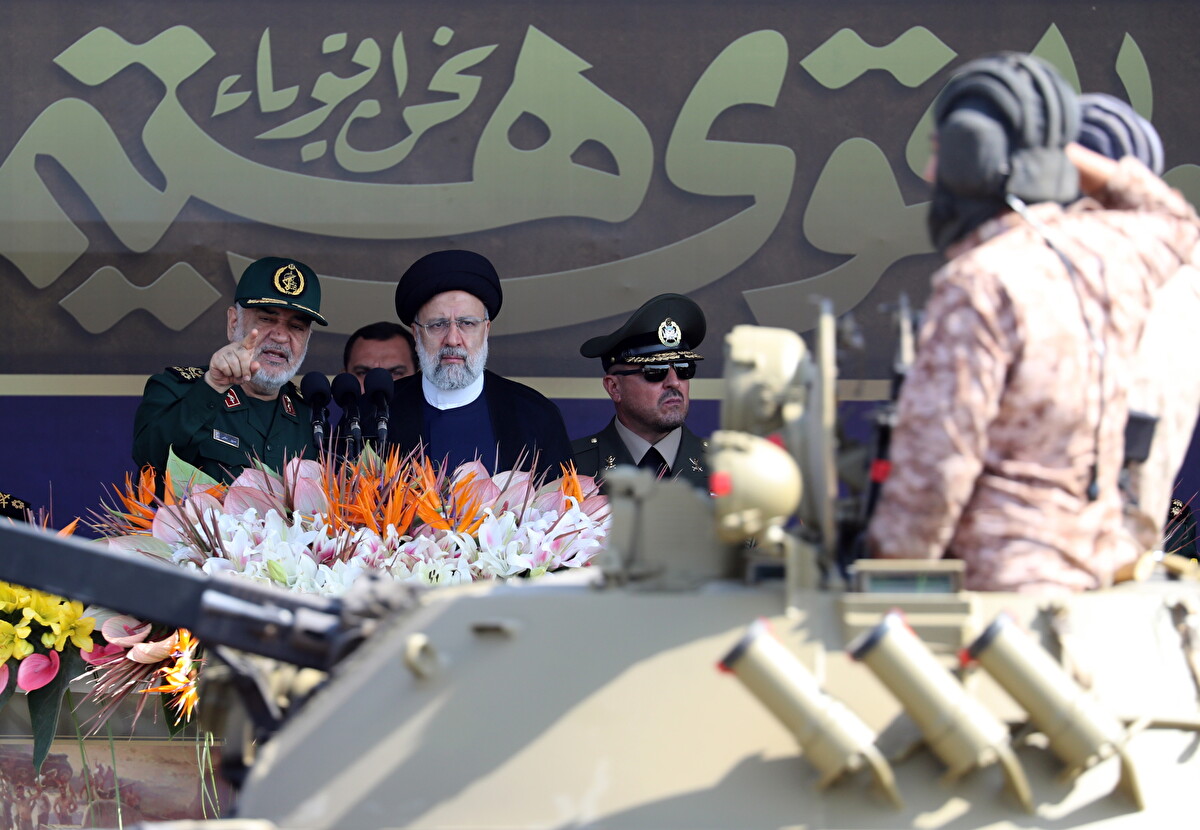The mid-20th century creation of the state of Israel from the British mandate of Palestine sparked immediate armed conflict. During the Arab-Israeli War of 1948 (which ended in a victory for the freshly-created Israel), around 750,000 Palestinians fled or were expelled from their homes in the new Jewish state. That figure was a majority of their prewar population, and they never managed to return. This event is known as the Nakba, which means “catastrophe” in Arabic.
Israel refused to let the Palestinians come back since it would threaten the new Jewish majority in those areas. So the refugees and their descendants settled in camps elsewhere (including Gaza), and these camps eventually became neighborhoods. The Palestinians still insist the lands they were removed from belong to them, and the issue was among the most contentious in the quest for peace in the region.
Now, 75 years later, history seems doomed to repeat itself.
After vowing to crush the terrorist group Hamas which killed over 1,300 Israelis and took over 150 hostages last weekend, Israel has issued a military order for the 1.1 million northern and central Gaza residents to evacuate their homes. These areas are now classified by Israel as a “war zone.” On Thursday night, the order (given via pamphlets and phone calls) gave the people of Gaza, and even United Nations personnel, a brief window of 24 hours to leave. They say the move is to spare civilians and deny Hamas the ability to use them as human shields.
“You will be able to return to Gaza City only when another announcement permitting it is made,” the military said in one such order. “Do not approach the area of the security fence with the State of Israel.” Many Palestinians are obviously skeptical of the promise of being allowed to go back, and some are not leaving.
The UN has described the move as “impossible” and warned of “catastrophic consequences.” The government media office in Gaza commented that this decision reveals the “criminal face” of Israel. With Israel having shut Gaza’s borders tight, the only direction to flee is south toward Egypt. But Israel is still carrying out airstrikes across the region, and Egypt has swiftly secured its border against any huge influx of Palestinian refugees. Gaza itself has been denied electricity, and supplies of fuel, food, and medicine are limited in the absence of a humanitarian corridor (which Egypt reportedly rejected).
In perhaps the scariest sign for Palestinians, members of Israel’s far-right government are openly calling for another Nakba, the permanent displacement of a majority of the Palestinian Arabs.
“Right now, one goal: Nakba! A Nakba that will overshadow the Nakba of 48. Nakba in Gaza and Nakba to anyone who dares to join!” Ariel Kallner, a member of parliament from Prime Minister Benjamin Netanyahu’s Likud, wrote on social media following the Hamas attack. Hamas has told people to remain in their homes and dismiss the orders.
Meanwhile, President Mahmoud Abbas, who is in charge of the internationally-recognized Palestinian Authority in the occupied West Bank territory, also rejected the orders. He too stated that they would end in a “new Nakba.”
As the number of displaced Gazans exceeds one million people, further escalations on the Israeli side (like a ground incursion) would likely make the evacuation orders amount to little between constant bombardment and a lack of essential resources. Already, Israeli bombing has left at least one safe route south to Egypt (the Ragab crossing) inoperable.
Already, more than 1,500 people (about half of that total being children and women) have been killed in Israel’s bombardment of Gaza. That number could soon be a lot higher thanks to the impacts of the order to evacuate. With no way out, no way to get there, and violence consuming the region, the situation is likely to become a humanitarian nightmare. It’s a nightmare the Palestinians know all too well.












